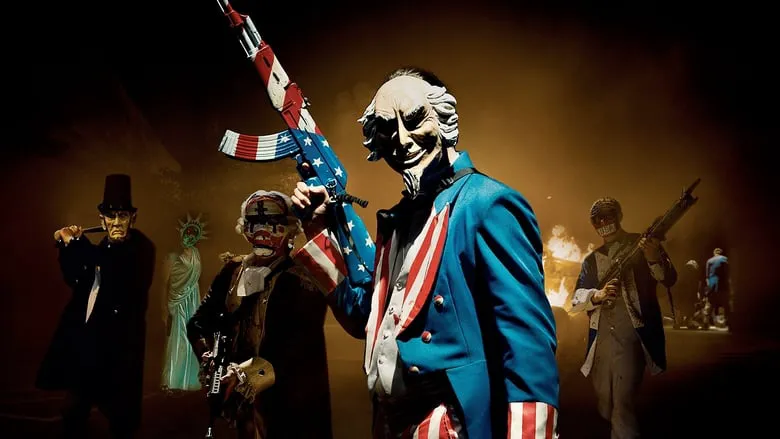The Enduring Appeal of “The Purge”
If you’ve been following film news, you’re likely familiar with “The Purge.” In 2013, Universal Pictures released “The Purge,” a film made on a mere $3 million budget which then grossed $80 million worldwide – showcasing an impressive 1:27 cost-to-box-office ratio. The sequels continued this pattern, achieving impressive box office success with relatively low budgets. This “cheap” thriller/horror franchise has truly become a prized asset for Universal.
The undeniably captivating element of the franchise is its unique premise: “Starting in 2017, March 21st is designated as the annual Purge Day in the United States. From 7 PM to 7 AM the following morning, all criminal activities, including murder, are legal. Police, fire, and medical services are suspended until the Purge ends.” This concept, inherently provocative, forms the backbone of the series’ appeal.
The Evolution of “The Purge” Trilogy: More Than Just Thrills
The “Purge” trilogy demonstrably expands both in scope and depth with each installment. Initially, the first installment seems to borrow superficial elements that calls back to films like “No Escape” and “Battle Royale,” functioning almost as a gimmick. However, the second film elevates the narrative by introducing a structural and systemic commentary.
Unmasking the Societal Issues
It’s important to note that a resistance movement was already brewing in the second film. The third film amplifies this element, featuring a female politician who exposes the underlying motives of those who instigated the Purge program. These politicians intend to eliminate the underclass, specifically those who struggle to generate economic value, and consequently, reduce social welfare expenditures.
The film keeps building tension throughout, resulting in continuous thrilling clashes. Because the setting involves elections and the entire national system, the conflicts deepen significantly, thereby creating a far more gripping suspenseful experience. The escalating premise inevitably means that bigger and more capable forces become involved by the end.
However, the presentation of the ruling class falls somewhat flat. Like the wealthy individuals portrayed in the second film, these villains typically confront their adversaries by manipulating them into the Purge system to be killed. The repetition of the familiar Hollywood cliché where villains are vanquished due to excessive gloating is disappointing. It isn’t clear why many films portray triumph as a result of a fearsome enemy’s downfall, followed by a sudden plot lull where the villain’s intelligence declines substantially as they engage in elaborate monologues, or are complacent in their inevitable victory. Ultimately, the protagonist miraculously triumphs, and thus results in the villain’s undoing.
Why is “Game of Thrones” met with so much success? Arguably, it’s because it defies this cliché. The antagonists are rarely incompetent; they are willing to summarily eliminate any hero, leaving viewers in a perpetual state of shock and suspense. While “The Purge” remains undeniably exciting, mitigating its reliance on such clichés, and preventing the ‘Founding Fathers’ of the Purge from suddenly experiencing such a drastic reduction in foresight, would result in an even more compelling viewing experience.